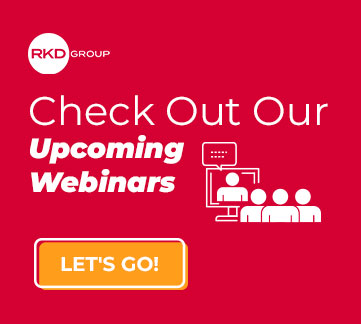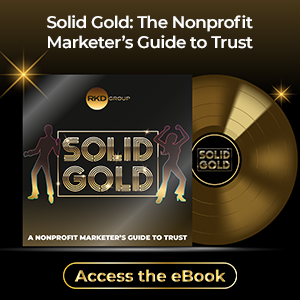The COVID-19 pandemic has forced nonprofit organizations to adapt their approach to event fundraising. With mid-major donors unable to meet in person, virtual events have emerged as a new form of relationship fundraising that helps these donors stay connected to the mission.
Yet, after three months, we’re seeing that many nonprofits are still struggling with how to move their events online.
A recent survey by CCS Fundraising indicates that only 31% of nonprofit respondents have conducted a virtual fundraising event. Another 31% are considering hosting one (but haven’t yet), and a surprising 38% have no plans to host an online event anytime soon.

If your organization understands why you should jump into virtual events but is having trouble getting started, here are the three key areas you should focus on to be successful:
1. CREATE A GREAT DONOR EXPERIENCE
The most important aspect of all is ensuring that donors have a positive experience. Your virtual event should be emotionally inspiring and meaningful. If they don’t enjoy it, all bets are off.
Live events create a buzz in the room that simply can’t be replaced, but there are things you can do in a virtual setting to deliver an enjoyable experience. What we’re talking about here is production value.
Think of it like a modern-day telethon. You need to put on a good show if you want people to “call in” with their donations.
That’s why we recommend hiring a TV-style producer to run your virtual event. A producer can ensure that the event runs smoothly, providing a great donor experience.
People have been forgiving as they understand the mad scramble of the last few months. But as we move forward into a new normal of virtual events, they will expect more.
Of course, a great experience only happens if you can …
2. FIND THE RIGHT TECHNOLOGY
Technology can greatly impact the donor experience. If you pick a software platform for your virtual event and people struggle to use it, they’re certainly not going to enjoy themselves.
There are a lot of options out there for virtual platforms – from mass-market products like Zoom and Facebook Live to customized platforms specifically designed for nonprofits. You need to decide what works best with your goals and your budget.
Whether you’re including a live auction or simply inviting speakers to talk, there needs to be a main screen where the show is happening. You may also need a multiscreen setup that allows donors to engage with one another – as they would while sitting at a table during the in-person event.
If there’s a live auction, you may choose software that displays bids on the screen. But what if the technology runs poorly and leads to dropped connections or delays in bidding?
The choices may seem daunting. We’ve evaluated what the market has to offer in this area, and we’ve been helping our clients find the right fit for their needs.
3. FOCUS ON AUDIENCE DEVELOPMENT
Once you have the right technology and can deliver a great donor experience, you can focus on how to bring in charitable gifts.
With in-person events, much of the work in generating donations comes well before the event occurs. This part is no different for virtual events.
You’ll still need to reach out to your major donors and volunteers. People love the organizations they support, so they will still want to do their part to further your mission.
These major donors and volunteers will need to reach out to their network and invite their friends to join them at the virtual event. And you’ll need to encourage them to ask those friends to donate.
Once the event begins, the technology you put in place should allow a virtual table for major donors and their friends to communicate with each other while they watch the “main stage” of the event. Some virtual tools even provide data on this communication so you can track connectivity and accountability.
Structurally, it’s all similar to in-person events. The difference in virtual events is that you can really expand your audience potential.
With in-person events, you’re restricted by the size of the room and how best to fill it with people who have been to events before, live within the region and/or fit a particular wealth demographic.
Virtual events allow you to lean into data and analytics to really expand your audience into new territory. By monitoring donor behavior and creating lookalike audiences, you can find donors who have never been to an event before, who live out of state, who don’t like big crowds, and so on.
This is a real opportunity for nonprofit organizations that can’t be understated.
All in all, it’s true that a virtual event may not bring in quite as much gross revenue as an in-person event. However, the cost of a virtual event will be much lower without having to pay for the venue, food and manpower to run it. On top of that, you’ll be able to reach out to more donors and connect to new audiences.
With the right approach, virtual events can deliver a wonderful experience for donors both in our current environment and in the future. If you need more support getting started, contact us and let us know how we can help.
If your organization is still wondering why you should jump into virtual events, here's a good explanation.





Leave a comment: